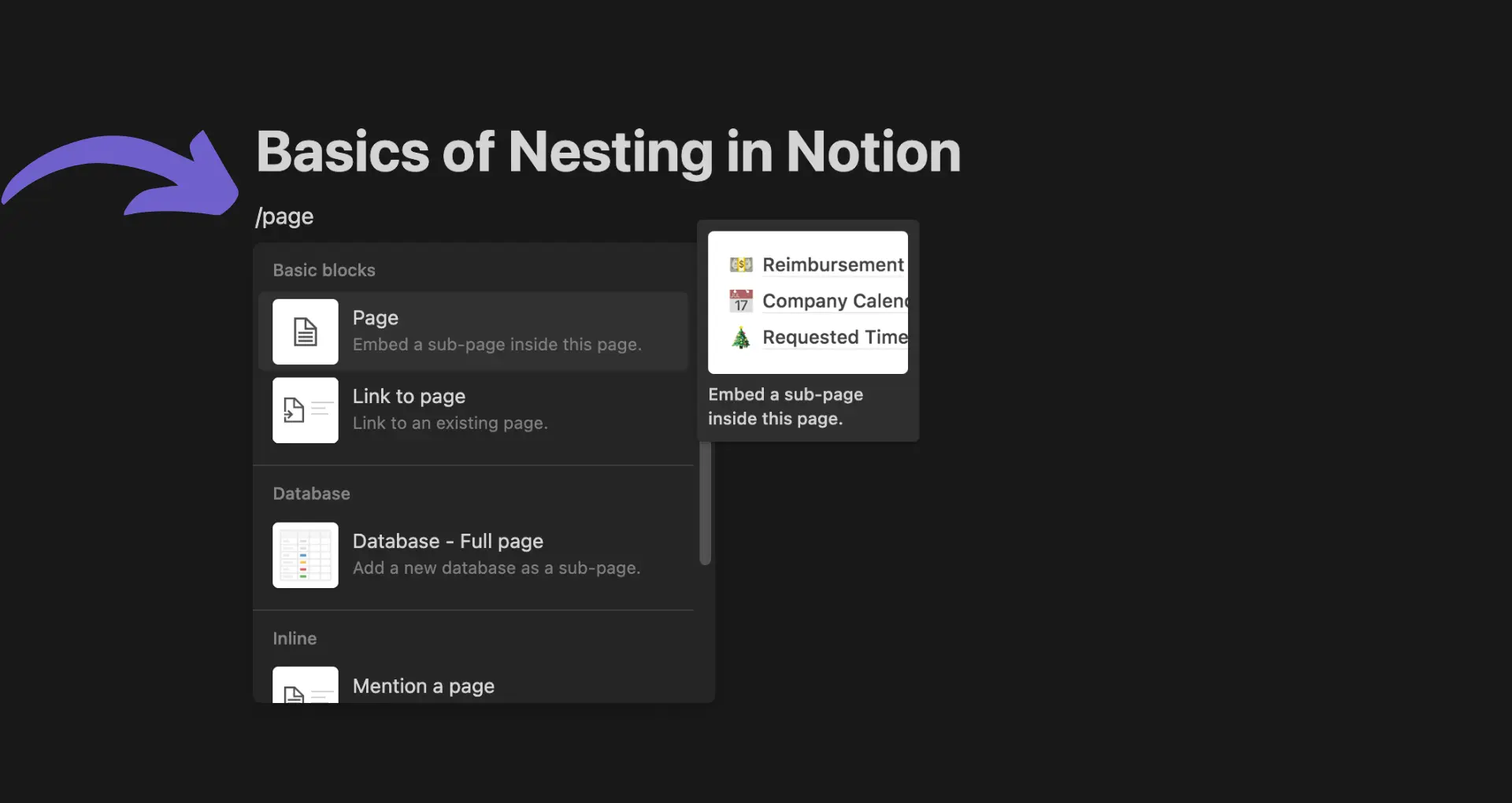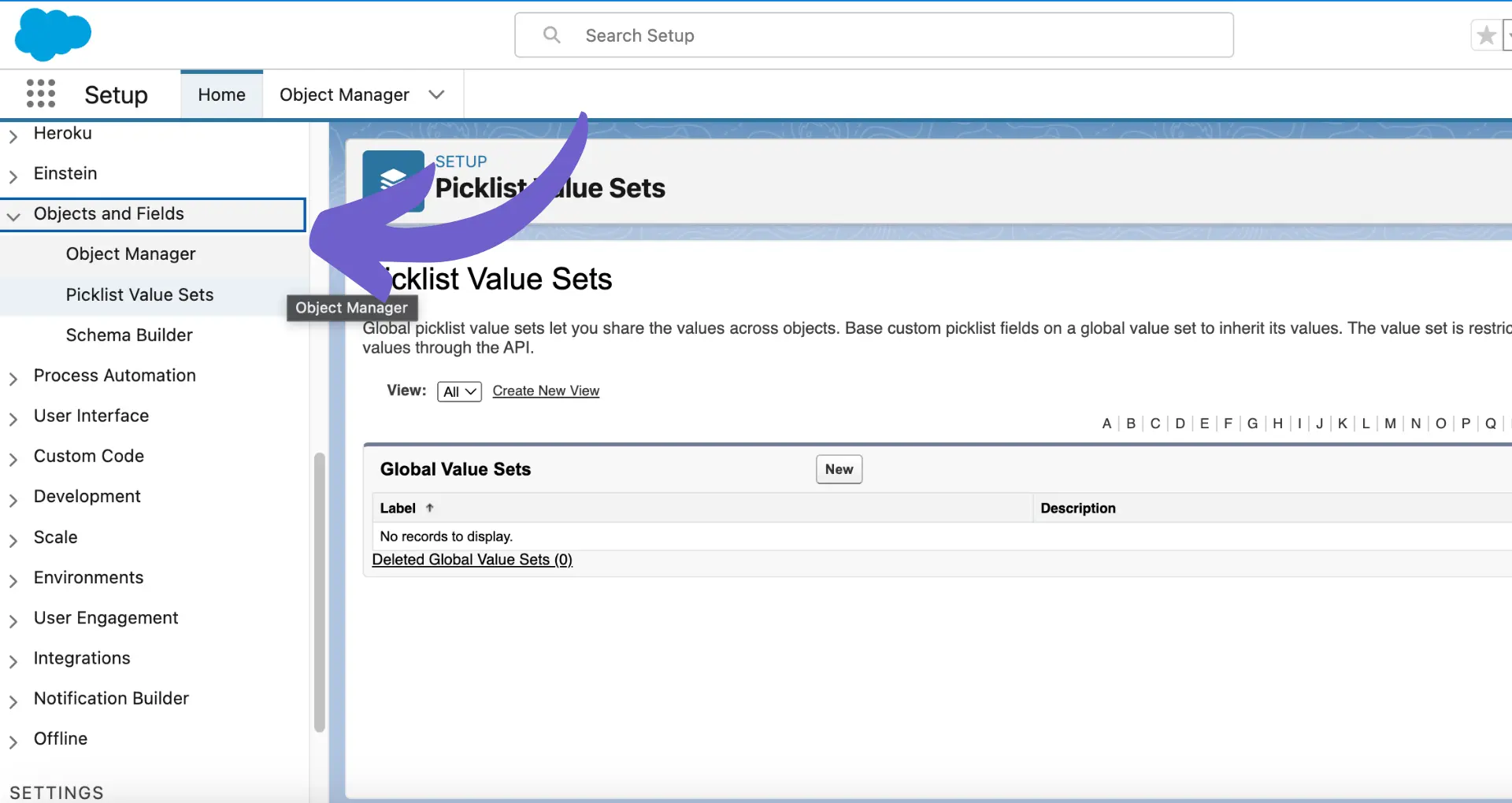In today's fast-paced business landscape, optimizing processes is crucial for success. Workflow management, a systematic approach to handling tasks and processes, has become an essential tool for companies looking to streamline operations and boost productivity. As we move into 2024, understanding the basics of workflow management and its evolution is key to staying ahead of the competition.
Understanding Workflow Management Basics
Workflow management is the process of defining, executing, and monitoring a series of tasks and processes to achieve a specific goal. It involves breaking down complex workflows into smaller, manageable steps and ensuring that each task is completed efficiently and accurately. By implementing a workflow management system, businesses can streamline their operations, reduce errors, and improve overall productivity.
The core components of a workflow management system include:
- Task creation: Defining and assigning tasks to team members
- Sequence: Arranging tasks in a logical order to ensure smooth execution
- Execution: Carrying out tasks according to the defined sequence
- Monitoring: Tracking progress and identifying bottlenecks or areas for improvement
As businesses continue to evolve and adapt to new challenges in 2024, understanding the fundamentals of workflow management will be essential for optimizing processes and staying competitive in the market.
The Evolution of Workflow Management Systems
Workflow management has come a long way since the days of manual processes and paper-based systems. Over the years, technological advancements have revolutionized the way businesses handle tasks and processes, leading to increased efficiency and accuracy.
The early stages of workflow management involved manual processes, where tasks were assigned and tracked using paper-based systems. This approach was time-consuming, prone to errors, and lacked visibility into the overall workflow.
As technology progressed, workflow management systems evolved to include digital tools and automation. Some key milestones in this evolution include:
- The introduction of enterprise resource planning (ERP) systems, which integrated various business processes into a single platform.
- The development of business process management (BPM) software, which focused on optimizing and automating workflows.
- The rise of cloud-based workflow management solutions, enabling remote access and collaboration.
Save time and improve accuracy by automating lead management with Bardeen’s no-code platform.
In recent years, artificial intelligence (AI) and machine learning (ML) have taken workflow management to new heights. These technologies enable systems to learn from past data, predict potential bottlenecks, and suggest optimizations to improve efficiency and accuracy.
As businesses continue to embrace digital transformation, the future of workflow management looks promising. With the integration of AI, ML, and other advanced technologies, organizations can expect to see even more intelligent workflow management systems in the years to come.
Understanding Workflow Management Basics
Workflow management is a systematic approach to handling tasks and processes within an organization, aiming to optimize efficiency and productivity. By defining, executing, and monitoring workflows, businesses can streamline operations and achieve better results.
At its core, workflow management consists of several key components:
- Task creation: Identifying and defining the individual tasks that make up a workflow.
- Sequence: Determining the order in which tasks should be completed for optimal efficiency.
- Execution: Assigning tasks to the appropriate team members and ensuring they are completed on time.
- Monitoring: Tracking the progress of tasks and workflows to identify bottlenecks and areas for improvement.
Implementing a workflow management system can significantly enhance business operations by providing a structured framework for managing tasks and processes. This systematic approach helps to reduce errors, improve collaboration, and increase overall productivity.
As businesses continue to evolve and adapt to changing market conditions, the importance of effective workflow management becomes increasingly evident. By automating sales prospecting, organizations can position themselves for success in the competitive landscape of 2024 and beyond.
Key Benefits of Implementing Workflow Management
Implementing a workflow management system can significantly enhance productivity and efficiency within an organization. By automating repetitive tasks and reducing the potential for human error, workflow management systems streamline processes and allow employees to focus on higher-value activities such as automate sales prospecting.
Some key benefits of workflow management include:
- Increased efficiency: Automating tasks and workflows reduces the time and effort required to complete them, leading to improved overall efficiency.
- Reduced errors: By minimizing manual input and standardizing processes, workflow management systems help reduce the likelihood of errors and inconsistencies.
- Enhanced productivity: With streamlined processes and automated tasks, employees can accomplish more in less time, boosting overall productivity.
- Improved collaboration: Workflow management systems facilitate better communication and collaboration among team members, even across different departments or locations.
Additionally, workflow management systems provide greater visibility into processes, allowing managers to identify bottlenecks, track progress, and make data-driven decisions for continuous improvement. By fostering a more organized and efficient work environment, workflow management ultimately contributes to increased employee satisfaction and better business outcomes. To further improve your processes, consider using AI email management tools.
Bardeen can save you time by automating your sales prospecting. Use our automation playbooks to get started.
Challenges and Solutions in Workflow Management
Integrating and maintaining workflow management systems can present various challenges for businesses. Some common issues include:
- Compatibility problems: Existing software and systems may not integrate well with new tools, leading to disruptions and inefficiencies.
- Employee resistance: Implementing new systems often requires changes in work processes and habits, which can be met with resistance from employees who are comfortable with the status quo.
- Customization difficulties: Off-the-shelf workflow management solutions may not perfectly fit an organization's unique needs, requiring costly and time-consuming customization.
To overcome these challenges, consider the following solutions:
- Thorough research and planning: Before selecting a workflow management system, carefully assess your organization's specific requirements and evaluate potential solutions for compatibility with existing tools and processes.
- Employee training and support: Provide comprehensive training programs to help employees understand and adapt to new workflows and systems. Continuously offer support and resources to ensure a smooth transition.
- Choose flexible, user-friendly software: Opt for workflow management tools that offer customization options and intuitive interfaces to minimize resistance and make it easier for employees to adopt new processes.
- Gradual implementation: Consider a phased approach to implementing workflow management systems, starting with smaller, less critical processes before expanding to more complex workflows. This allows for easier troubleshooting and employee adjustment.
By anticipating potential challenges and proactively implementing these solutions, organizations can successfully integrate and maintain effective workflow management systems, leading to improved efficiency and productivity.
Future Trends in Workflow Management Technology
As we look ahead to the future of workflow management technology, several exciting developments are on the horizon:
- Blockchain integration: The adoption of blockchain technology in workflow management systems will enhance security, transparency, and trust in business processes. Blockchain's decentralized nature ensures data integrity and prevents unauthorized modifications.
- Context-aware computing: Workflow management systems will increasingly leverage context-aware computing to adapt to users' needs and preferences. By analyzing data from various sources, such as user behavior and environmental factors, these systems will provide personalized experiences and optimize workflows accordingly.
- Artificial intelligence (AI) advancements: AI will play a pivotal role in automating complex tasks, predicting potential bottlenecks, and suggesting process improvements. AI and automation will continuously learn from data to refine workflows and boost overall efficiency.
Want to save time on repetitive tasks? Automate them with AI web agents from Bardeen. It helps streamline workflows and increase productivity.
Moreover, workflow management systems will evolve to cater to the growing trend of remote and hybrid work environments. Cloud-based solutions will enable seamless collaboration and access to workflows from anywhere, at any time. Mobile-friendly interfaces and cross-platform compatibility will become essential features to support the modern, flexible workforce.
As organizations embrace digital transformation, workflow management technology will serve as a critical enabler, helping businesses streamline operations, reduce costs, and improve agility in an increasingly competitive landscape. By staying ahead of these trends and adopting innovative solutions, companies can position themselves for success in the years to come.






